Sustainability Reporting
Sustainability Reporting
The Problem with Sustainability
The economic growth that is the cornerstone of the world’s capitalist societies is as essential to the welfare of their expanding populations as the profits required to sustain the businesses that provide for their needs. In new democracies, successful transformation is even more dependent upon increased productivity and consumerism. In addition to operating expenses, the pursuit of profit also incurs less visible costs. In recent years, it has become increasingly apparent that too much of that hidden cost is borne by the environment and the community. While many industries are now more conscious of the need to limit the impact of their activities on the ecosystem, obtaining consensus regarding remedial measures, coordinating their implementation and monitoring their progress poses a number of obstacles. Chief of these has been the need to set mutually agreeable and realistic goals, and to standardise the manner in which progress is measured. Following the 2002 World Summit for Sustainable Development in Johannesburg, the Global Reporting Initiative (GRI) established its permanent HQ in Amsterdam and published the G4 guidelines for sustainability reporting. Also known as environmental social governance (ESG) or triple bottom line reporting, it is now practiced in more than 60 countries. Although the GRI G4 guidelines provide vital new hope for our beleaguered environment, they also add to the overall corporate reporting burden. Without the means to ease that burden, there is a risk that it could receive less attention than financial reporting.
Or Sustainability Solution
KPI Management Solutions offers a user-friendly and effective software option with which to manage your sustainability initiatives. The system addresses each step of the process, from the initial capture of the relevant data to the point at which it is compiled into a fully integrated and structured report. Most importantly, the report format may be pre-configured to comply with the internationally-recognised GRI G4 framework or with any alternative standard required by a government department, or regulatory body or for internal circulation. The KPI sustainability reporting and management platform provides business managers with the ability to address those specific aspects of sustainability that are relevant to a given company’s impact on environmental, labour and social issues and could include…
- Managing energy, water, air quality, material flows and biodiversity among the environmental issues
- The management of labour-related issues, such as skills development, provisions for disability, remuneration and other benefits
- The means to manage social development programmes; to perform impact assessments and to monitor the progress of community ownership initiatives
The KPI software provides a system that can be readily tailored to meet the unique needs of your company with ease.
Benefits of Sustainability Reporting on a Single Platform
Driven by dwindling natural resources and an expanding carbon footprint that threatens us with global warning, the importance of accurate non-financial reporting has never been greater. The KPI solution simplifies implementation of a process designed to secure future profits by prioritising present investment in people and the planet. The system’s most fundamental benefits derive from automated functions that overcome the more common obstacles to effective sustainability management, such as suspect information, deadlines hampered by time constraints, costly third-party audits and time-consuming data analysis prior to compiling and formatting reports. Among its many other direct benefits are…
- The ability to assess the impact of your activities on the environment and any affected communities through accurate monitoring
- Conversely, to evaluate the effects upon these by the company’s remedial initiatives
- The means to perform quick and accurate analyses of trends, data integrity and performance, ensuring that the relevant compliance levels are maintained and strategic targets are met.
- A fully customisable system that meets or exceeds the requirements of all the relevant ISO standards
The central action manager provides integration of all required processes, from monitoring, measuring and analysing the data, to validating it and assembling it into the required report format. Visual dashboards highlight your key performance indicators, providing the information needed to manage the priority of your initiatives in real time.
Next Steps
If you share the growing belief that the future of business can only be assured by acknowledging its impact on the environment and adopting the more responsible policies needed to achieve sustainability, you are also aware that you share this responsibility.
Embracing the GRI G4 guidelines offers the means to meet that responsibility, while this web-based sustainability reporting and management platform, provides an affordable and efficient tool with which to simplify the process.
Make sure that your business remains sustainable. Consult KPI Management Solutions


